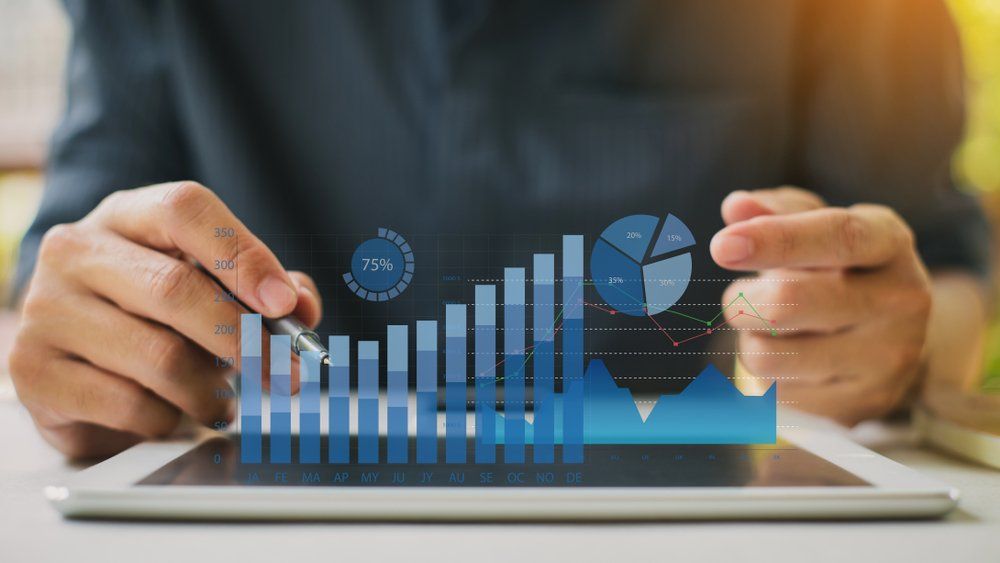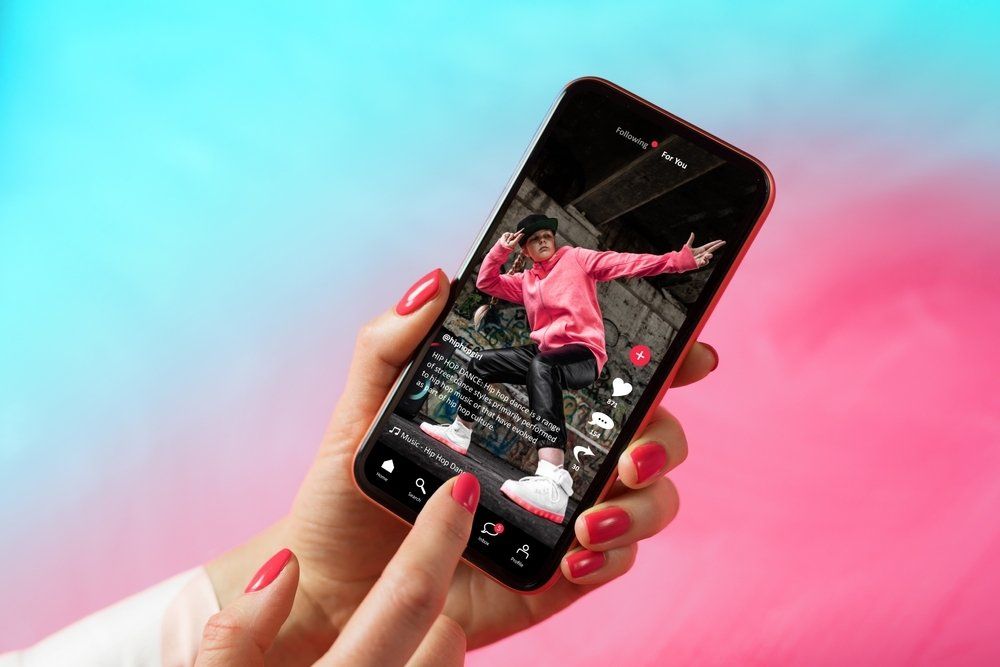10 Influencer Marketing Data Points and What They Mean for Your Strategy
10 Influencer Marketing Data Points and What They Mean for Your Strategy

Rooted in authenticity, influencer marketing is becoming one of the most effective strategies to gain brand awareness, valuable earned media and generate sales. To sum up influencer marketing succinctly, influencers are effective because they can talk about your brand in ways your brand can’t talk about itself without sounding blatantly self-promotional.
We could talk about influencer marketing all day. But, don’t take our word for it. Let’s take a look at some intriguing data points and discuss what the data means for your influencer marketing strategy. The best marketing strategies are data-based and influencer marketing is no exception.
63% of Marketers Plan to Increase Their Influencer Marketing Budget Next Year
If marketers are going to increase their influencer marketing budgets next year, it means influencer marketing is working for them and it can work for you too.
Increasing your budget for your upcoming influencer campaigns means that you can scale on what you see working best and start creating lots of buzz for your brand.
61% of Marketers Consider Finding Relevant Influencers for a Campaign Difficult
While extremely effective, influencer marketing is a tough strategy to tackle on your own. Consider finding an agency (like ours) that already has relationships with influencers that they can activate for your brand.
61% of Consumers Trust Influencer Recommendations
Consumers trusting influencers is what makes this form of marketing so successful.
Consider diverting budget from other strategies into your influencer marketing program so that you can authentically reach your target consumers.
97% of Marketers Consider Instagram the Most Important Influencer Marketing Channel
If you have a product that can be demonstrated in a very visual way, be sure to prioritize Instagram when working with influencers. Be prepared to get the most leverage out of Instagram posts like designating a hashtag, having your influencers update the link in their bio to a link to your brand and be prepared to send product for them to photograph.
Micro-Influencers Have Better Engagement Rates Than Mega-Influencers
Our theory is that smaller influencers can engage with their audience more because they don’t have an unmanageable sized audience to keep a pulse on. Micro-influencers are also better on the budget while still bringing in measurable results.
For your next influencer campaign, consider working with many micro-influencers and compare your results to any mega-influencer campaigns you’ve run in the past.
On Average, Brands Earn $5.20 for Every $1 Spent With Influencer Marketing
The average ROI from influencer marketing is higher than paid social ads, banner ads, and more making it a strategy you can’t afford to ignore. Even B2B brands are seeing great results from influencer marketing.
To ensure you get this ROI from influencer marketing, read up on best practices
here and
here.
89% of Marketers Say ROI from Influencer Marketing is Comparable to or Better Than Other Marketing Channels
89% is a high number so if you haven't already, it’s time to hop on the influencer marketing train!
To determine that influencer marketing is achieving a better ROI than your other strategies, it’s crucial that you have the pieces in place to measure your results. The easiest way to measure influencer marketing is to give your influencers a unique discount code that they share with their audience. They then prompt their audience to use the code and purchase online which allows you to track individual sales to each influencer as well as your campaign as a whole.
70% of Internet Users Follow Influencers
The majority of your target consumers are clearly following influencers. It’s your job to get your brand to the RIGHT influencers. Consider filling out
this worksheet to help you get a sense of the kinds of influencers you should be recruiting.
TikTok By Far Has the Highest Engagement Rates
Though a newer channel, influencers on TikTok can be extremely effective. The influencers on this platform are very authentic and engaging.
Though it may be tempting to start focusing all your efforts on TikTok, you need to decide if your target consumers are active on this platform. TikTok has a very young user demographic. The feel of TikTok is very casual and entertaining so if you’re a more serious business, this platform probably isn’t for you.
77% of Influencers Are Female
Marketing products for women is easy with so many influencers being female. Getting coverage for products geared toward males is a little trickier. However, we’ve seen success working with female influencers to promote products for males by having them gift the product to a male in their life and writing about how it’s the perfect gift for men.
Which influencer marketing statistic impacted you the most? We’d love to hear all about your take on the current landscape in the comments below!










